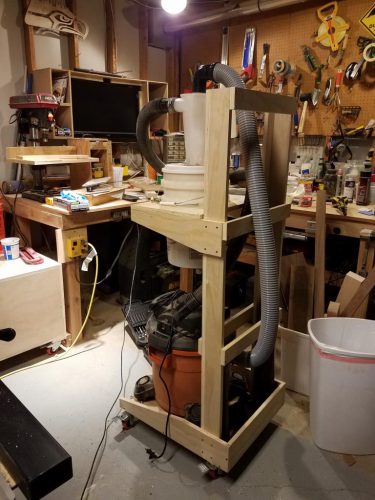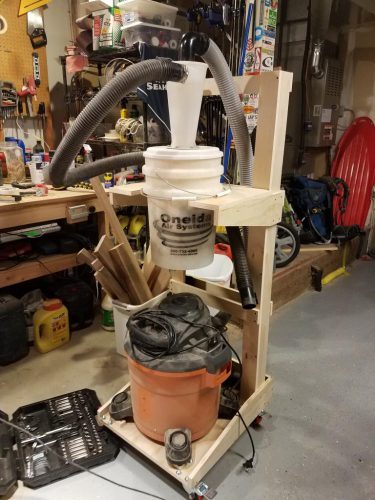 I signed up to play some preservice music on the piano at church before the service on Sunday. Whenever I play in church, I always remember a story that I just realized isn’t on my blog. Time to share it with the world…
I signed up to play some preservice music on the piano at church before the service on Sunday. Whenever I play in church, I always remember a story that I just realized isn’t on my blog. Time to share it with the world…
When I lived in Jersey, my church in King of Prussia had a very consistent organist named Eunice. She was there every Sunday and she was good. But then… she went on vacation. For two weeks! Somehow the search for a replacement organist came around to me. They were really scraping the bottom of the barrel because I only played the piano and had barely ever sat at an organ. I did write about this briefly before. Here’s a quote from that post:
I definitely offered my own rendition of a couple hymns. As one guy put it, “I leaned over to my wife and said, ‘Wow Eunice is really having a bad day.’ Then my wife told me that Eunice was on vacation.”
That post must have been after the first week. The second week was even worse. Pastor wanted to use a special settings on the organ for one verse of a hymn. He got it all set up and said “Just press this button to switch to the special setting in between verses.” Easy enough? I bumbled my way through the hymn, pressed the button in between verses, pressed the keys and …. NOTHING. There was no sound coming out of the organ and I had no clue why. The congregation awkwardly started singing a cappella. I rebooted the organ to try and reset it to the default settings. That worked but it made big clunking sounds as it turned off an back on.
Strangely enough, after those two weeks of mistakes, they never asked me again. In retrospect, I either should have declined the request, or I should have just sucked up my pride and played one finger. Playing an organ is a LOT different than a piano even if you ignore the pedals because there is no sustain pedal. That difference is no ingrained in my brain.










Shop Reorganization
The past couple weekends, I’ve made some pretty big changes to my work shop (a.k.a the third bay of our garage.) The completion of the shop vac cart opened up some new possibilities.
I’ll probably change it around at some point, but it’s really nice having everything on wheels so I can make these changes quickly.